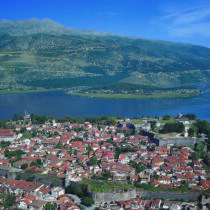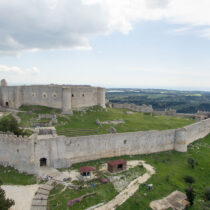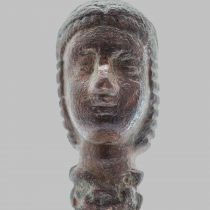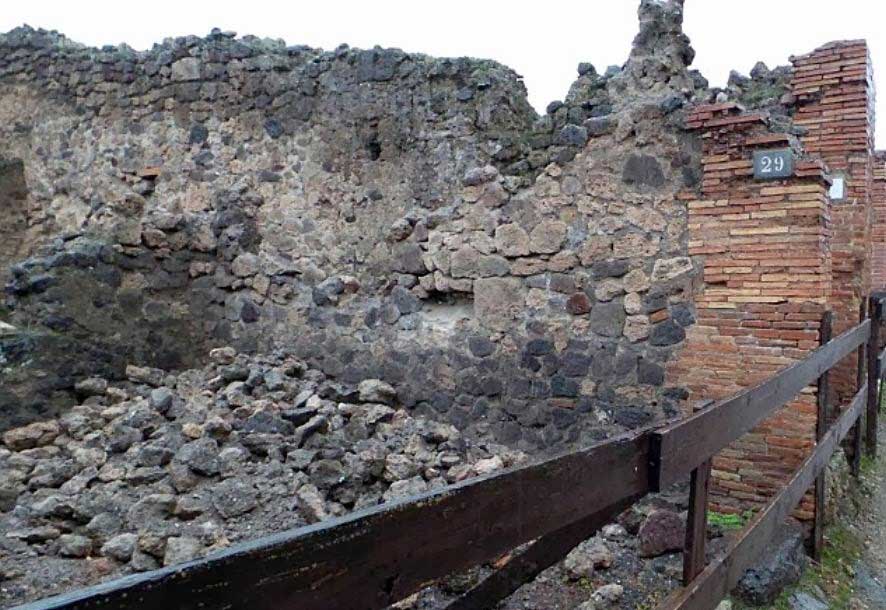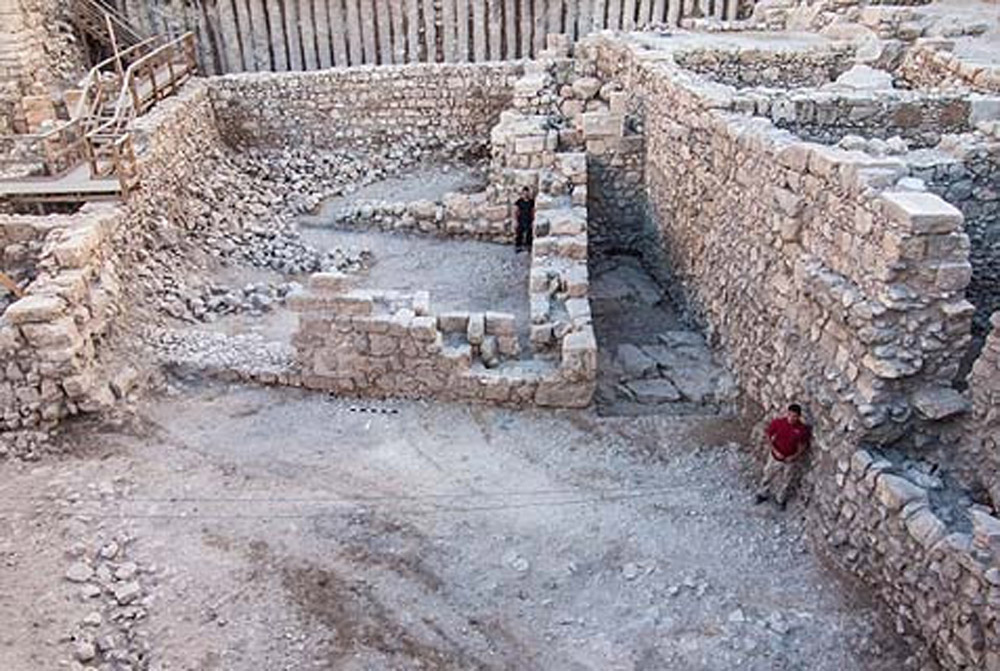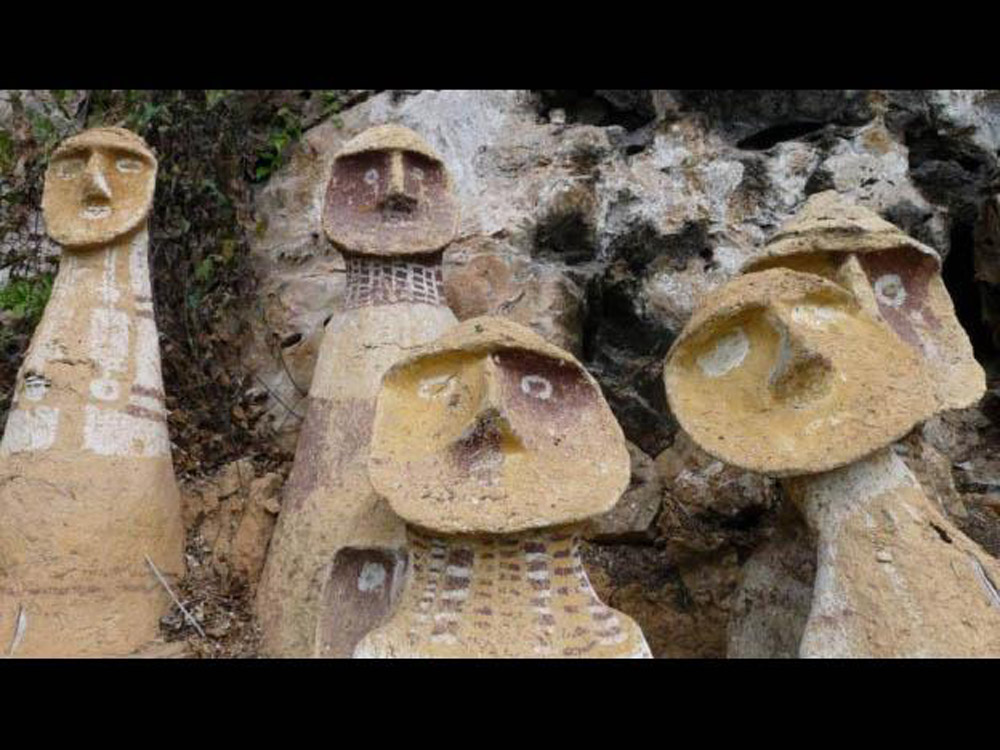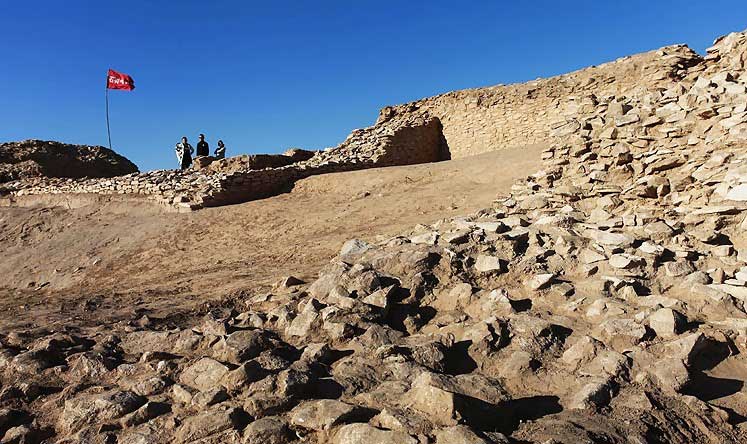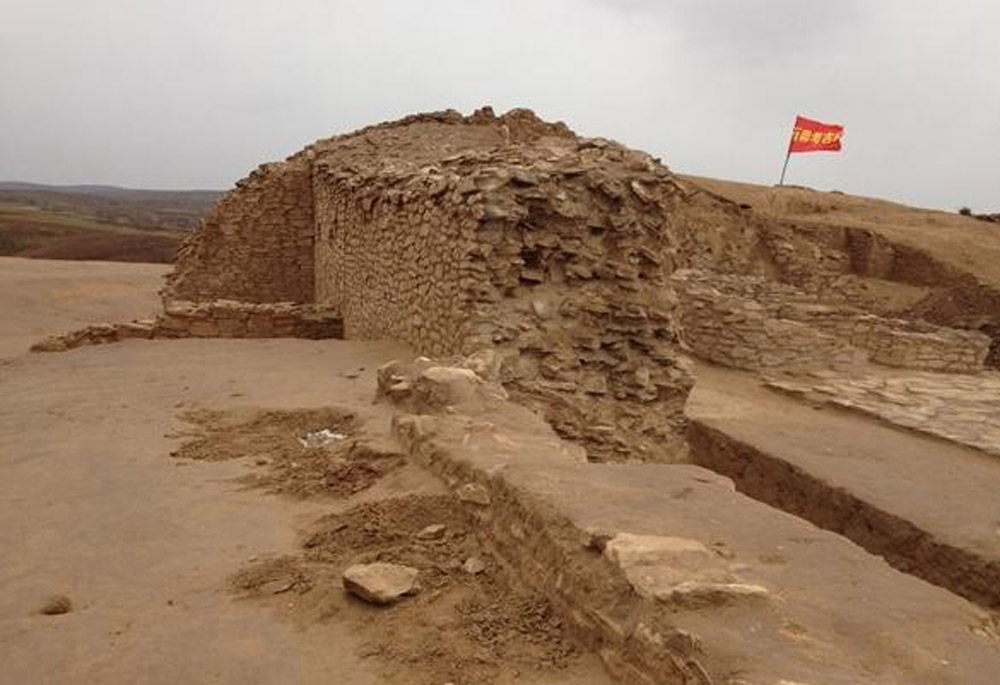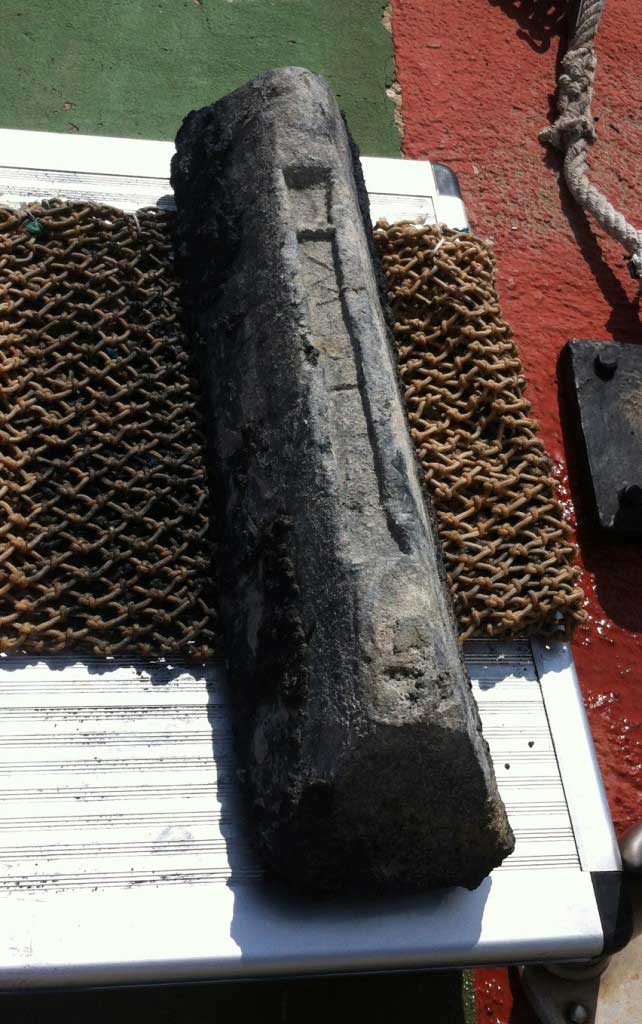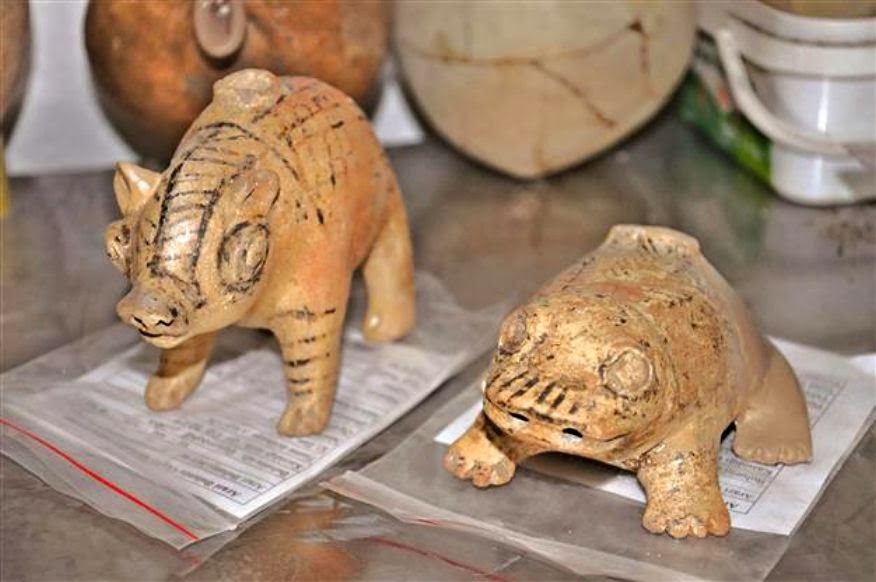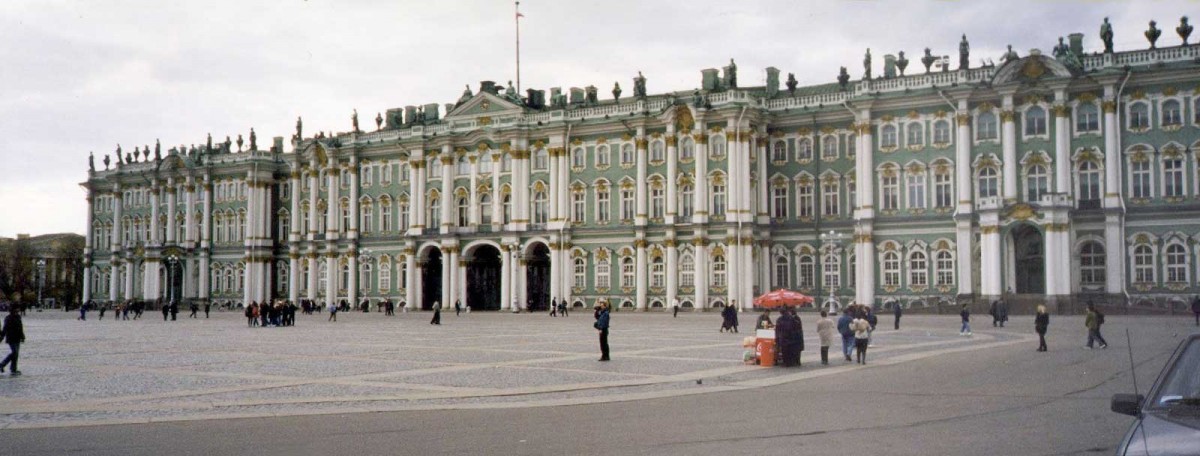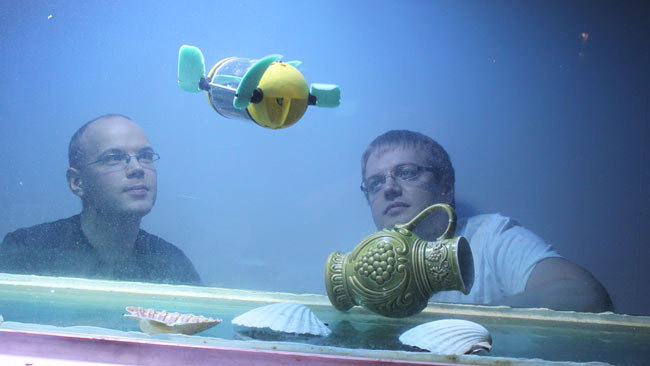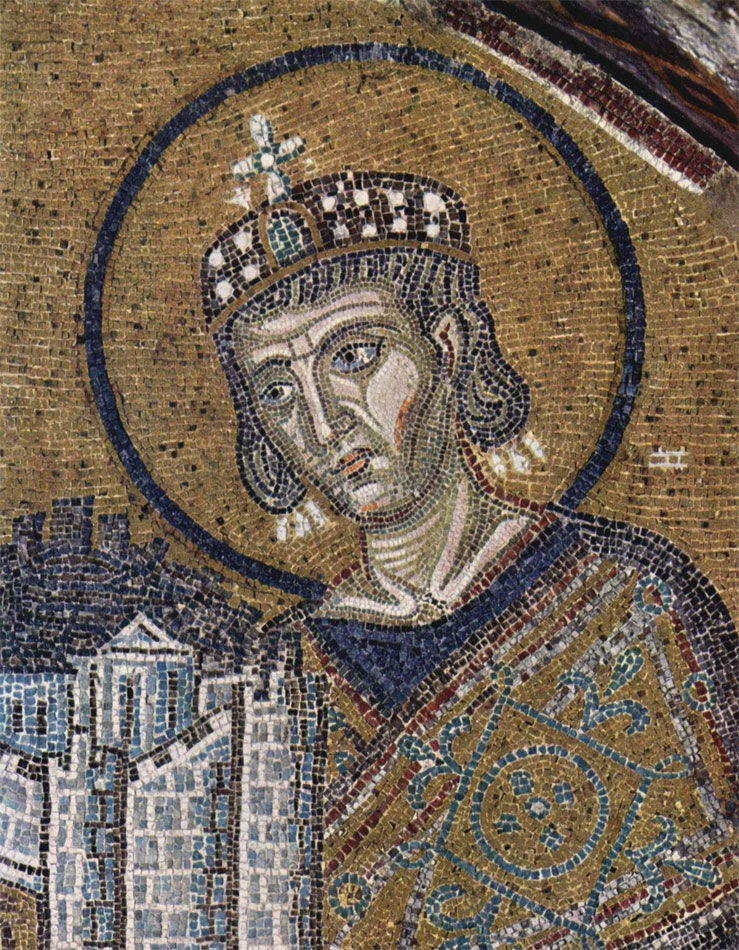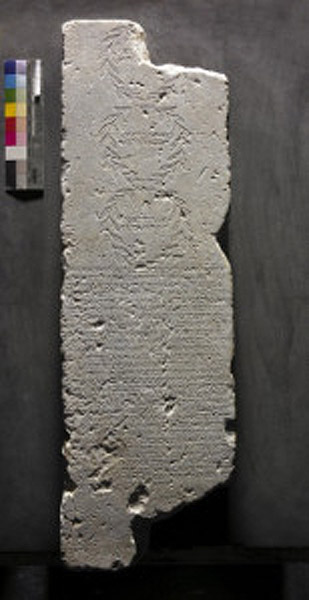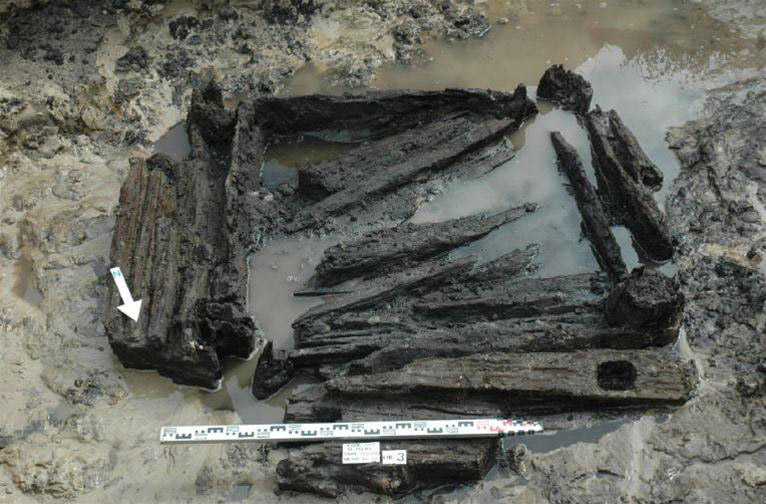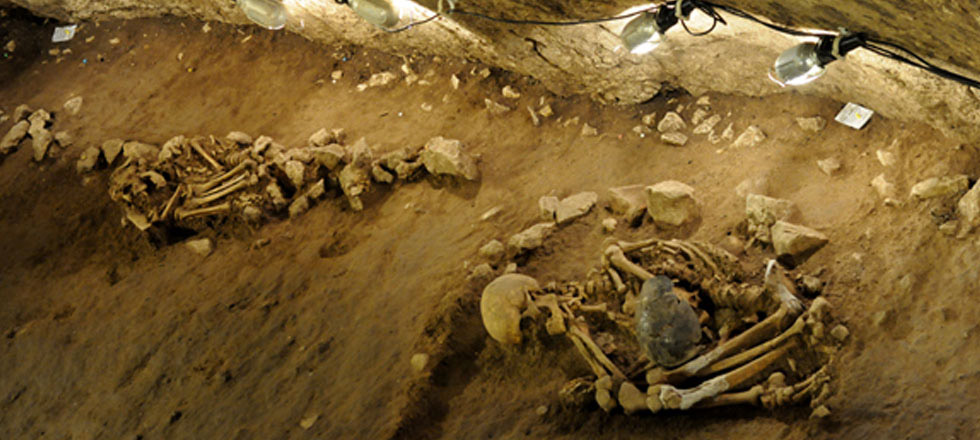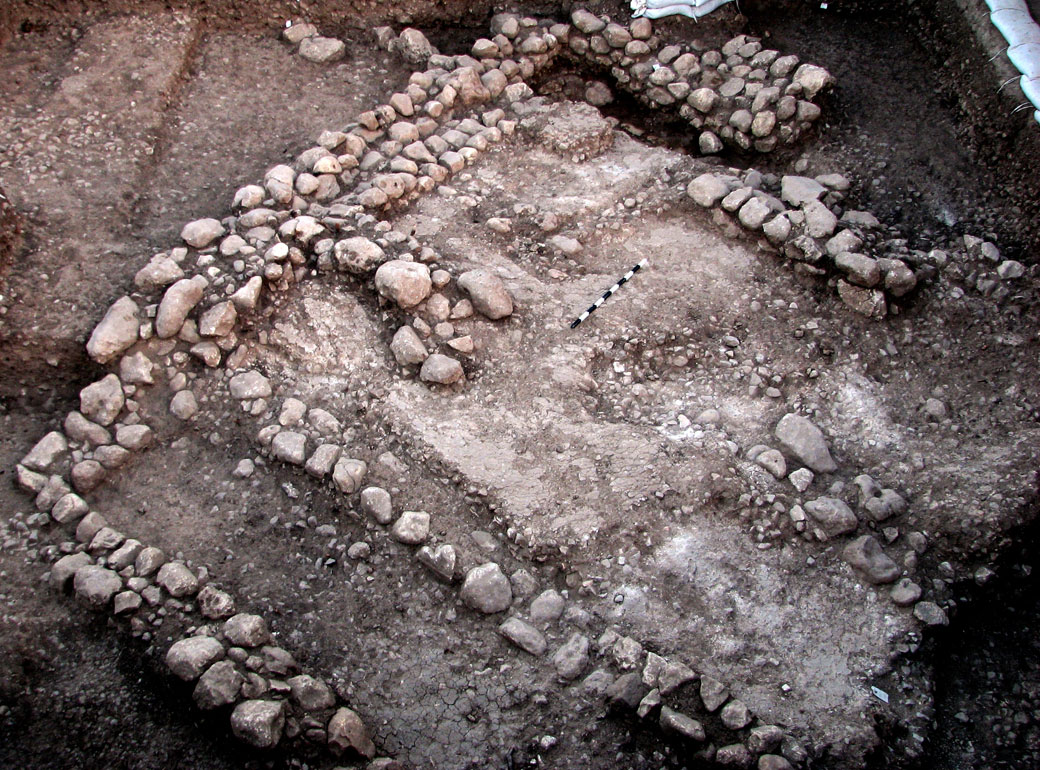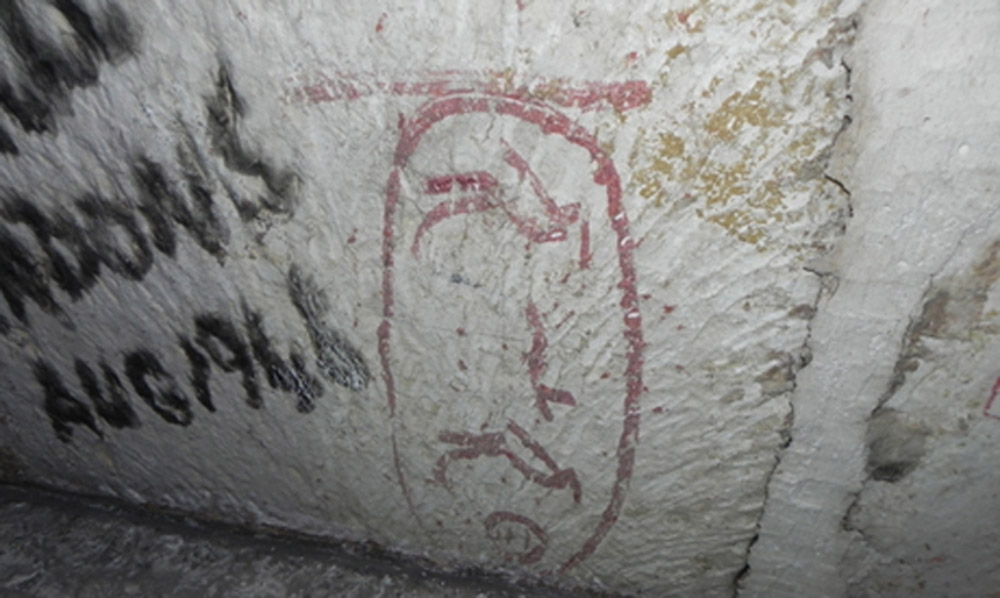Wall crumbled in Pompeii
Since 2010, at least a dozen buildings at the UNESCO World Heritage site have crumbled.
Guatemala Recovers Mayan Artifact from U.S.
The Guatemalan government announced the repatriation from the United States of a Mayan panel dating from the classic period, 250-900.
Hasmonean Building Uncovered in the City of David
It is only now that remains of a building from this period in the city’s history are being exposed.
Excavations of the Paphos Agora project 2013
In 2013 the third season of excavations of the Department of Classical Archaeology of the Institute of Archaeology, Jagiellonian University (JU) in Kraków, Poland, took place within the Paphos Agora Project.
Penn Museum’s Innovative “Touch Tours” for Blind Visitors
Touch Tour programs run Monday mornings and afternoons through December 16, 2013.
Meet the Baby Chachapoyas!
Diminutive size of sarcophagi has led archaeologists to believe that it may be a cemetery exclusively for children.
Skull find shows women were sacrificed in ancient China
Archaeologists in China have unearthed the skulls of more than 80 young women in what appears to have been a mass grave at the Shimao Ruins, the site of a neolithic stone city in the northern province of Shaanxi.
Aspiring Antiquity Dealer Betrayed By Neighbours
The cemetery is likely to date back to the Roman or late Pharaonic era and was found under a house in el-Qantara, according to the office.
The Two Towers of Shimao Revealed
The ruins of two square beacon towers, once part of the city wall of the 4,000-year-old Shimao Ruins in Shenmu County, have been uncovered.
Should we sacrifice part of our cultural heritage for science?
Should we sacrifice part of our cultural heritage in order to achieve greater knowledge of the universe and the origin of humankind? Should we yield part of our past to discover more about our future?
Mass Grave Found Near Durham Cathedral
Bones from 18 bodies have been discovered by Durham University experts during building work at the Palace Green Library, part of the World Heritage Site in the historic city centre of Durham, UK.
“Pantou”, a new website for accessible tourism
The European Network for Accessible Tourism has launched a new website, presenting the Directory of suppliers of accessible tourism services in all European Union countries.
Excavations in Kültepe reveal monumental structure
Excavations of its ancient tumulus site of Kültepe have ended with its 66th excavation, originally starting in 1948.
A “Tree of Life” depiction on a LG amphora
Taking the LG amphora from Aitania / Pediada (Central Crete) as an example, this article presents the tree symbolism as a intercultural and diachronic artistic feature.
Robot Turtle to Help With Shipwreck Exploration
The Robot Safari in London Science Museum will see the world premiere of the underwater robot U-CAT, a highly maneuverable robot turtle, designed to penetrate shipwrecks, designed in Estonia.
Constantine the Great and his Age
Thessaloniki 4-6 December 2013, Aristotle University of Thessaloniki.
Meet the Phrikyladai
The inscription describes itself as a gnome (decree) of a private organisation (koinon), who call themselves the Phrikyladai.
2.000 years-old Ironworks Village Studied in Kanie
According to the researchers, the site perfectly fits the pattern of other known ironworks settlements located in the Błonie Plains
More Human Remains Uncovered Where Earliest Beer Had Been Located
The four individuals were not buried, but were placed around the north wall of the cave with a one metre gap between each of them. Nearby, evidence of a fire, possibly lit as part of the burial ritual was also found.
Pre-Neolithic Architecture Revealed in Judaea
With range of dramatic finds in excavations ahead of highway expansion, archaeologists trace 10 millennia of human development.
Byzantine graves unearthed in Safranbolu
Human skeletons from the Byzantine era were found during excavations that have been continuing in Karabük’s Safranbolu (Greek Saframpolis) district for two years by Karabük University Archaeology Departnment members.
The Verdict on German Great Pyramid Graffiti Looters
Egypt's antiquities ministry imposes penalties on two German amateur archaeologists who stole samples of King Khufu's cartouche from the great pyramid.

